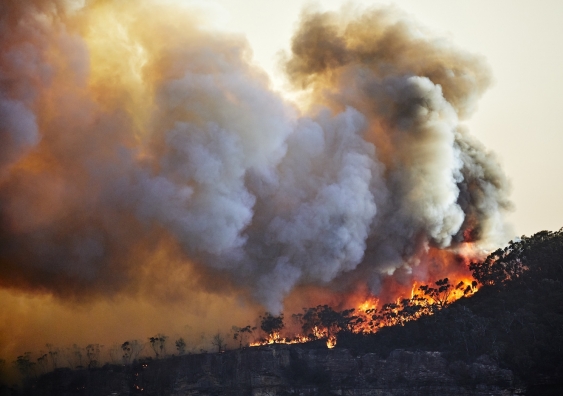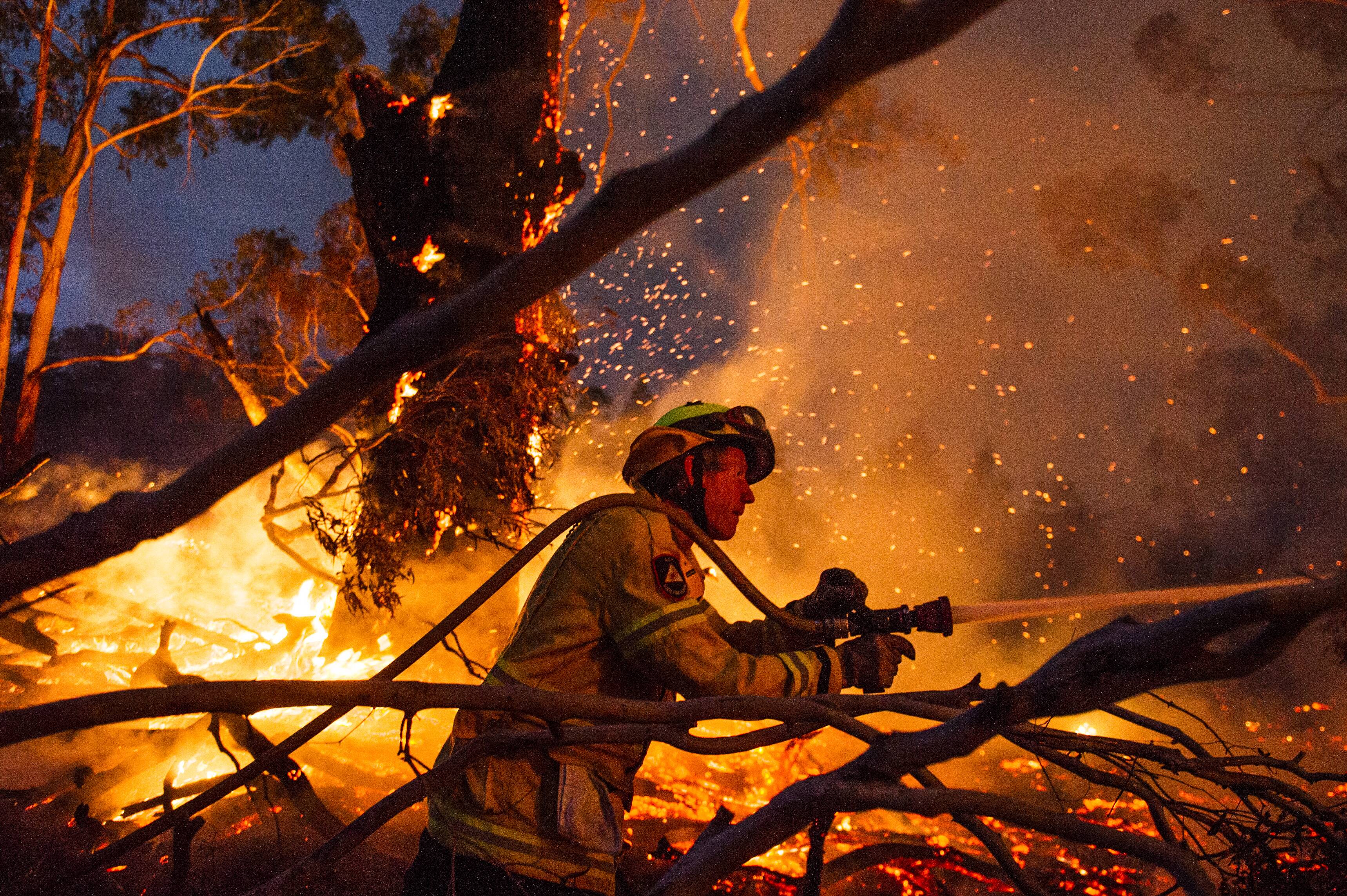Proactive Building Security: Leveraging the Insights of a BAL Report
Proactive Building Security: Leveraging the Insights of a BAL Report
Blog Article
How BAL Report Impacts Shrub Fire Security Procedures
In the realm of bush fire protection, the Structure Assault Level (BAL) report stands as a critical tool that substantially affects the security and strength of residential or commercial properties in fire-prone areas - BAL Report. The influence of a BAL analysis extends much beyond simple documents; it offers as the cornerstone for figuring out the suitable construction standards and fire defense actions necessary to reduce the dangers postured by bushfires. As communities face progressively serious fire seasons, comprehending just how the BAL report shapes these safety actions comes to be paramount for house owners, policymakers, and building contractors alike
Recognizing the Bushfire Assault Degree

Importance of BAL Record Analysis

Additionally, the BAL report analysis functions as a fundamental step in adhering to legal commitments and demands associated with bushfire defense. Regional councils and authorities frequently mandate the entry of a BAL report as component of the planning and building approval process to make sure that properties are effectively secured versus bushfire dangers. Falling short to carry out an extensive BAL report evaluation can lead to inadequate security procedures, leaving residential properties vulnerable to ruining bushfire cases.
Building And Construction Criteria Based Upon BAL
A thorough understanding of the Bushfire Attack Degree (BAL) makes it possible for home proprietors to carry out building and construction criteria customized to their specific risk account. Construction requirements based on BAL are essential in minimizing the influence of bushfires on residential properties. The BAL ranking classifies the possible risk a residential property deals with throughout a bushfire on a range from BAL-Low to BAL-FZ (Flame Zone)
Implementing Fire Protection Steps
With the structure of building standards based on Bushfire Attack Level (BAL) in area, the emphasis now moves discover this towards the practical execution of fire security procedures to strengthen residential properties versus bushfire hazards. Easy steps consist of using fire-resistant building materials, setting up ember guards on vents, sealing voids in roofing systems and walls, and keeping a clear space around the residential property complimentary from combustible plant life. By incorporating both passive and active approaches, buildings can substantially reduce their vulnerability to bushfire incidents and boost the security of passengers.
Safeguarding Houses Against Bushfires
Properly protecting important source homes versus the devastating influences of bushfires calls for a detailed and positive approach to fire security steps. Furthermore, sealing vents and gaps to protect against ash breach, as well as integrating fire-resistant doors and windows, can help strengthen the home's protection versus bushfires. By embracing a proactive stance and incorporating these protective steps, homeowners can considerably enhance their possibilities of guarding their homes against bushfires.
Conclusion
In final thought, the Bushfire Strike Level (BAL) record plays a critical role in establishing the needed security actions against bushfires. Applying fire protection actions based on the BAL report is necessary in safeguarding residential properties from potential bushfire risks.
In evaluating bushfire danger to homes, understanding the Bushfire Strike Level (BAL) is a crucial part for applying efficient protection procedures. In general, a clear understanding of the Bushfire Attack Level is vital for implementing appropriate defense actions and mitigating the effect of bushfires on residential properties.

Report this page